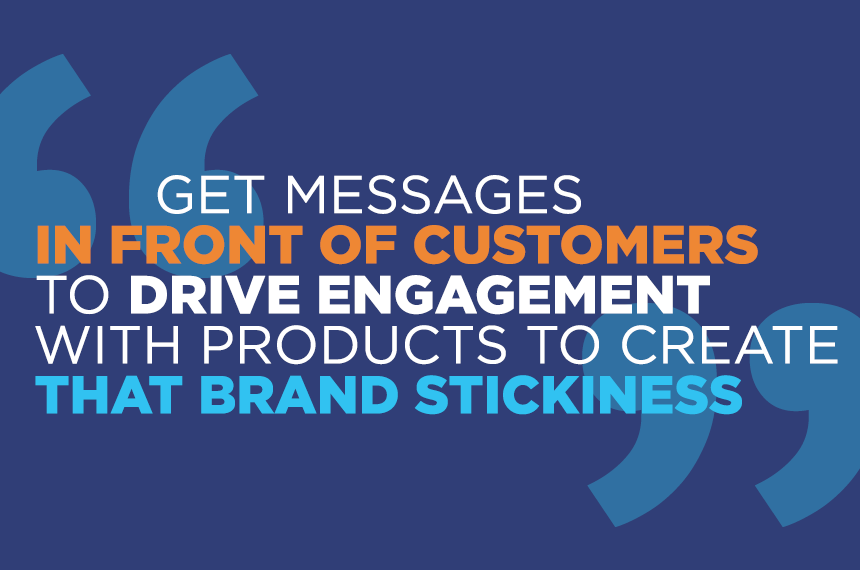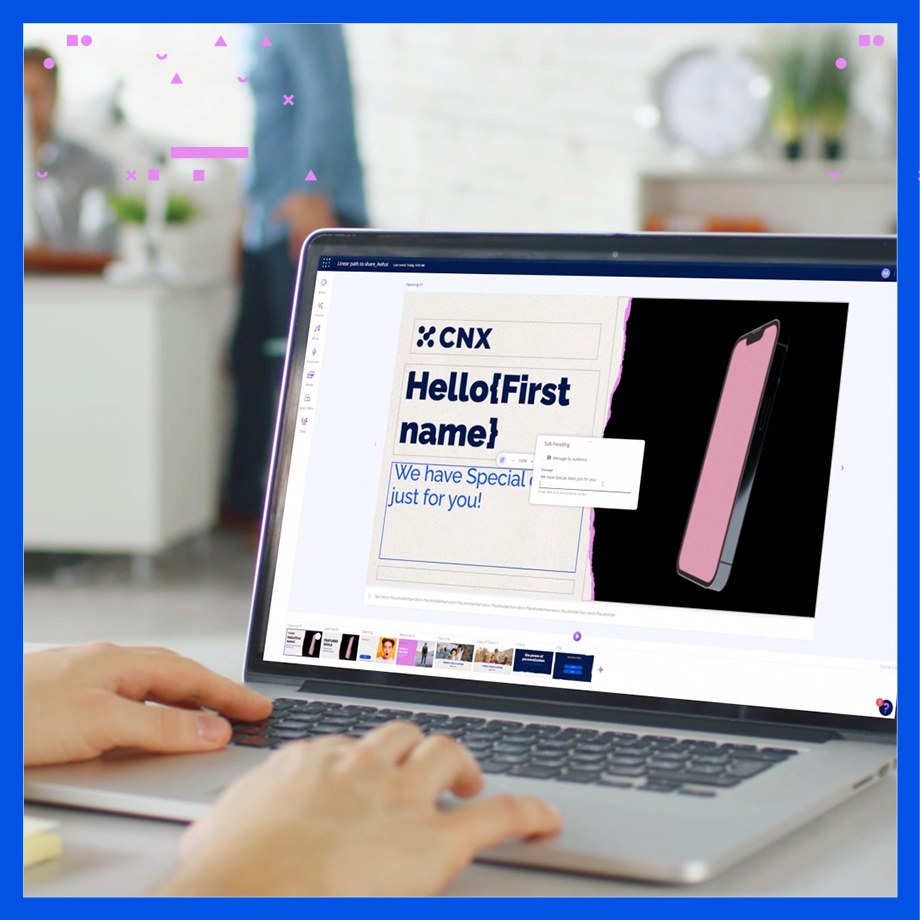The first 90 days following the acquisition of a new customer represents the best opportunity to solidify and grow the relationship, while establishing a basis for how a company will provide support throughout the lifecycle. Many companies are recognizing that, instead of achieving these goals, they are faced with buyer’s remorse and customer frustrations that result in churn, higher cost of service care and missed upsell/cross-sell opportunities.
At our first SmartVideo Summit, I led a panel discussion with customer lifecycle and engagement executives, from leading insurance and cable providers, who focus on optimizing the first 90-day experience for new customers coming aboard. Here is an overview of our discussion.
The customer onboarding process is just that – a multi-phased journey, not a one-time event. First, a company must assure and drive approval of the customer’s decision in order to avoid buyer’s remorse and stabilize the relationship. By then driving awareness and educating the customer on the products / services, brands can affirm the buyer’s decision and offer more value, reassurance and rewards.
Of course, each industry has a different timeframe and expectations for the optimal customer onboarding process. The first 90 days is key to managing the customer’s onboarding for insurance providers, where the first 90 to 120 days is important for cable providers, with the most intense focus on the first 30 to 45 days. In the first month, “customers are still actively or passively shopping, so it’s important to get messages in front of customers to drive engagement with products to create that stickiness,” says Jason Barbrow, Vice President of Customer Lifecycle Management at Time Warner Cable.
While the inflection point for customer churn behavior doesn’t typically hit until the six-month mark, brands measure key engagement metrics to indicate customer stickiness and retention levels. “Consumers who opt in to self-service opportunities and program enrollment, as well as customer satisfaction” are indicators for Allstate, states Don Bordeau, Director of Consumer Engagement. Krisy Frankel, Director of Customer Lifecycle Management at Cox Communications added, “Call drivers is another indicator – looking at what frustrates customers that drives calls to the contact center.” And by making customers aware of associated benefits to their purchased services, they are more inclined to use them, which makes the customer become stickier, and ultimately, more profitable.

Additionally, customers are typically highly satisfied and very excited upon newly ‘joining the family,’ but after their first bill (shock) experience and customer service interaction, customer satisfaction can drop significantly. By educating and informing customers of their full service lineup and benefits, it increases the perceived value of the cost that they pay. Companies have to do a better job at capitalizing on the time period of when customers are excited and satisfied upon joining, and as Barbrow noted, there is a big opportunity here moving forward.
But how does a brand know what messages to choose to communicate and when? There is a fragile line between upselling customers while they are still being educated. Across industries, each panelist agreed that the first month is focused on creating value for customers with continued education and acknowledgement of their purchased products and services, before acquisition touch points come back into play. In particular with that billing statement coming in, Frankel added, “One of the biggest things we have to balance during onboarding is what is that appropriate mix of selling more versus educating and creating value for what they have.” This is one of the biggest challenges of the onboarding process, for each company.
When you are responsible for the customer lifecycle, one thing is clear: “Focus and organize around the customer relationship,” says Barbrow. Multiple teams communicating various messages can result in cross-functional challenges, especially when every group has their own objective. “You have segment marketers, product marketers, competitive marketers, web marketers. You have all these groups, and nobody is putting the customer first,” says Frankel. By aligning messages and delivering them to customers in a cadence that makes sense, companies have a vast opportunity to clean up the noise and mess, and deliver customers with a better experience.
As companies think about how to engage customers, they should focus on being able to proactively communicate and educate what customers need to know, to project what’s coming and set expectations, and effectively deliver on the promises set, to ultimately deliver a strong value for the onboarding process.
What is your perspective on the customer onboarding process? What do you think is the appropriate mix and cadence of education versus cross-selling? Do you agree with the panelists? Feel free to share your thought in the comments below.








